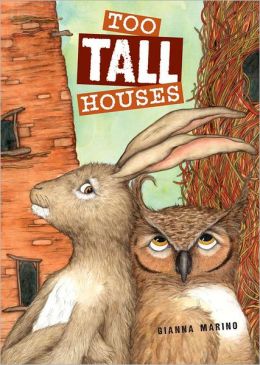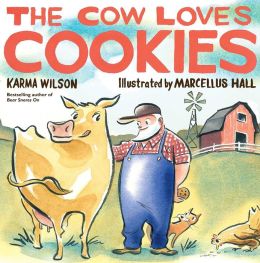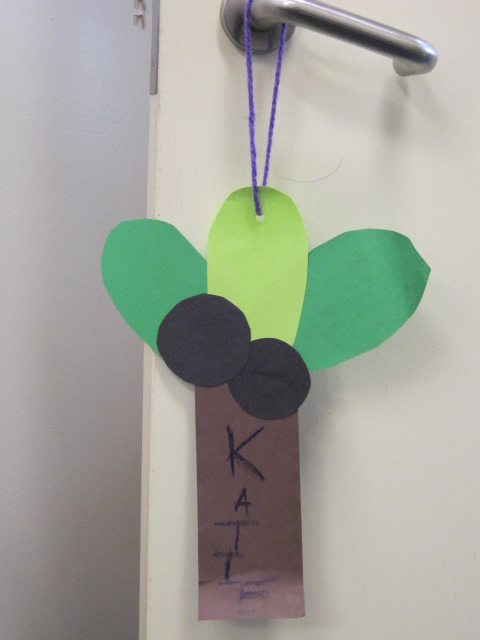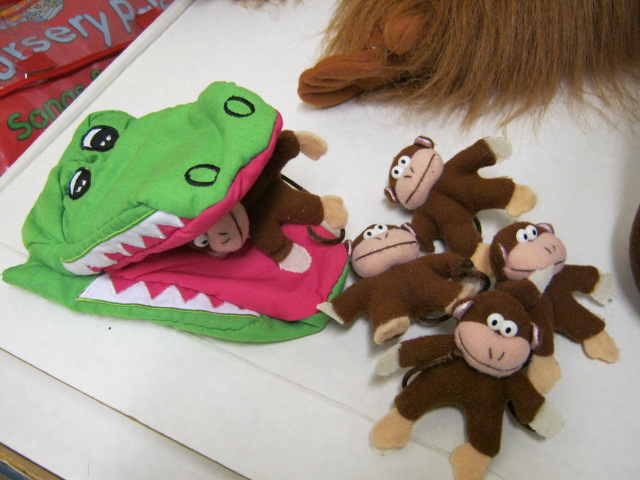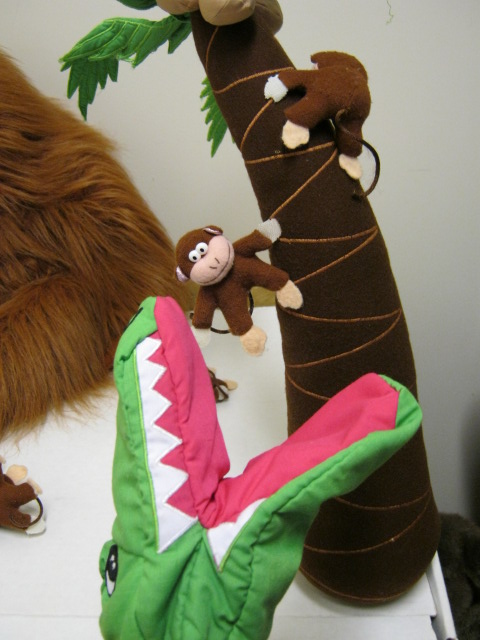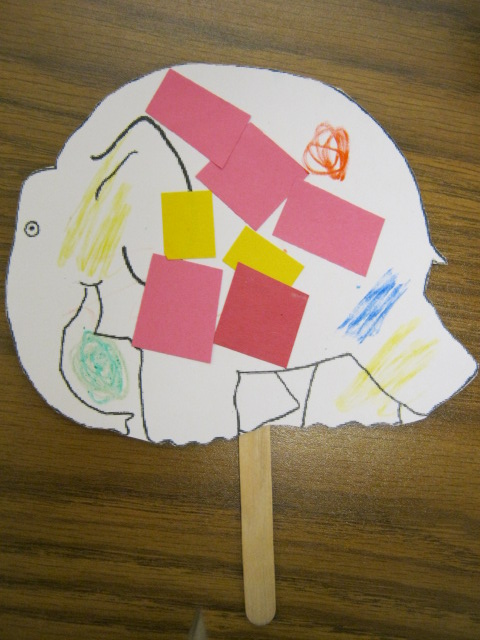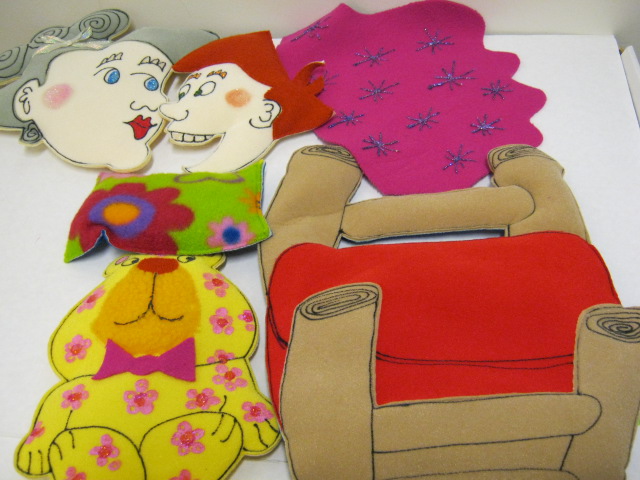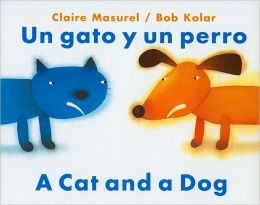
Early Literacy Aside--Explain: We can talk with children about the books we read with them in many ways. Today I am going to point out ways that you can develop their understanding by encouraging them to think of what they might do in the situation in the story. Having them put themselves in the situation in the book will help them understand the story better now and will also help them understand what they read later.
Read the book to the page "There was absolutely nothing they could do." Stop and ask the children how they think the problem might be solved. What could the cat and dog do? Get suggestions, then go on reading the book. After you have finished the book:
Early Literacy Aside--Example: Adults, you can see that I stopped in the middle of the story to get ideas from the children about ways to solve the problem. It doesn't matter if they come up with the same idea as the author did or not. It is more important that to get the involved and thinking and to give them an opportunity to express their ideas. In this way they gain a better understanding of the story and learn to think this way later even when they are reading themselves.



